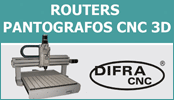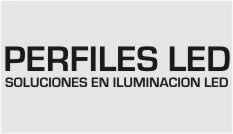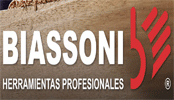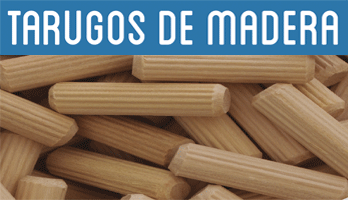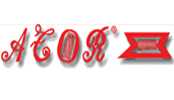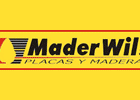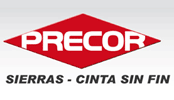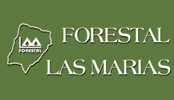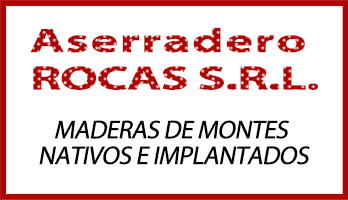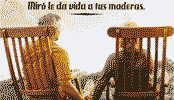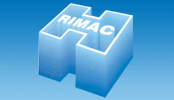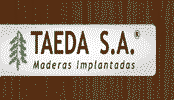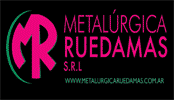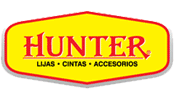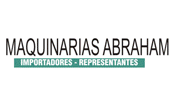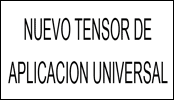
"proven concept" convinced: Metro orders new forming and press line made by Siempelkamp
Krefeld, December 4, 2019 - On good new partnership: At the end of October, Metro, one of Thailand's leading wood-based panel producers, confirmed its commitment to Siempelkamp with an order for a new forming and press line for an MDF plant at the Kanchanburi site.
This order continues a long-standing business relationship under new auspices: Metro President Chatchai Piyasombatkul and Christoph Michel, CEO Siempelkamp Group, paved the way for a new joint project - the replacement of a Küsters forming and press line by a new Siempelkamp forming and press line for MDF with an 8' wide ContiRoll® Generation 9. The press is equipped with a thin- and lightboard package. At 2,000mm/s, the press is designed for thin boards produced at high speed. This is where the retrofit option for the Siempelkamp Compactor comes into play, protecting the steel belts in the press and enabling plant operators to achieve significant increases in capacity and quality, especially for the production of thin MDF boards.
The objectives of Metro, founded in the 1950s, include state-of-the-art technology and the supply of world-class quality products. In 2002 the company placed its first order with Siempelkamp and in 2009 Metro placed an order for the first complete Siempelkamp particleboard plant, which produces particleboard at the Nonthaburi site near Bangkok. The current order continues this trusting business relationship. "We are proud to set a new, important milestone in the cooperation between Metro and Siempelkamp with this order - and to demonstrate once again with our established press concept on which level we are able to support our customers", says Christoph Michel.

IT MAY INTEREST YOU
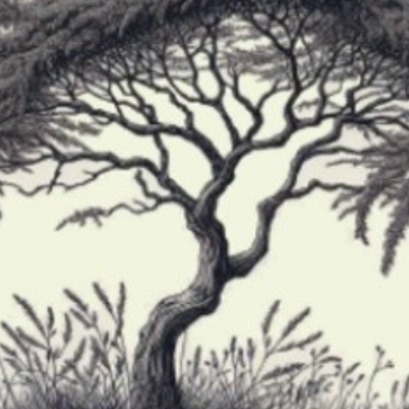 They present the Elárbol project in the Ecology Cycle
They present the Elárbol project in the Ecology Cycle
The transmedia initiative reflects the importance of Argentine native flora and focuses on the carob tree as an emblem tree. Today, at 6:�� p.m., at the Argentine Library This Thursday, October 3�, at 6 p.m., the Elárbol project is presented in the Ecology Cycle coordinated by Sergio Rinaldi at the Argentine Library.
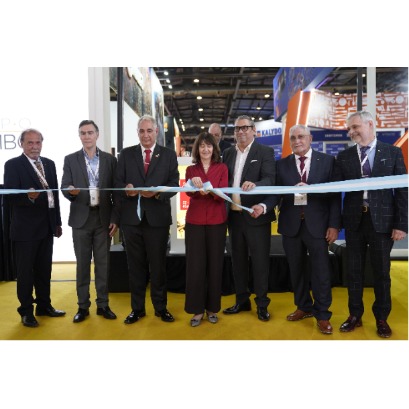 National, regional and sectoral authorities participated in the opening ceremony of ExpoFerretera 2�25
National, regional and sectoral authorities participated in the opening ceremony of ExpoFerretera 2�25
Buenos Aires, October 2�25 – At the opening ceremony they coincided representatives of the entire hardware value chain. There, the main Sector leaders ratified the strategic role that the spaces of meeting and networking. Furthermore, the second day of the event passed with an agenda full of activities.
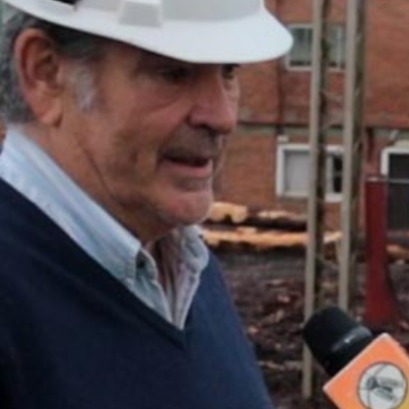 Currents | Las Marías invests 8 million dollars to modernize its sawmill in Virasoro
Currents | Las Marías invests 8 million dollars to modernize its sawmill in Virasoro
The traditional company from Corrientes is moving forward with a million-dollar investment to completely renew its forestry-industrial plant. The new European line, fully automated, will increase productive performance and position the sawmill among the most modern in the country.

